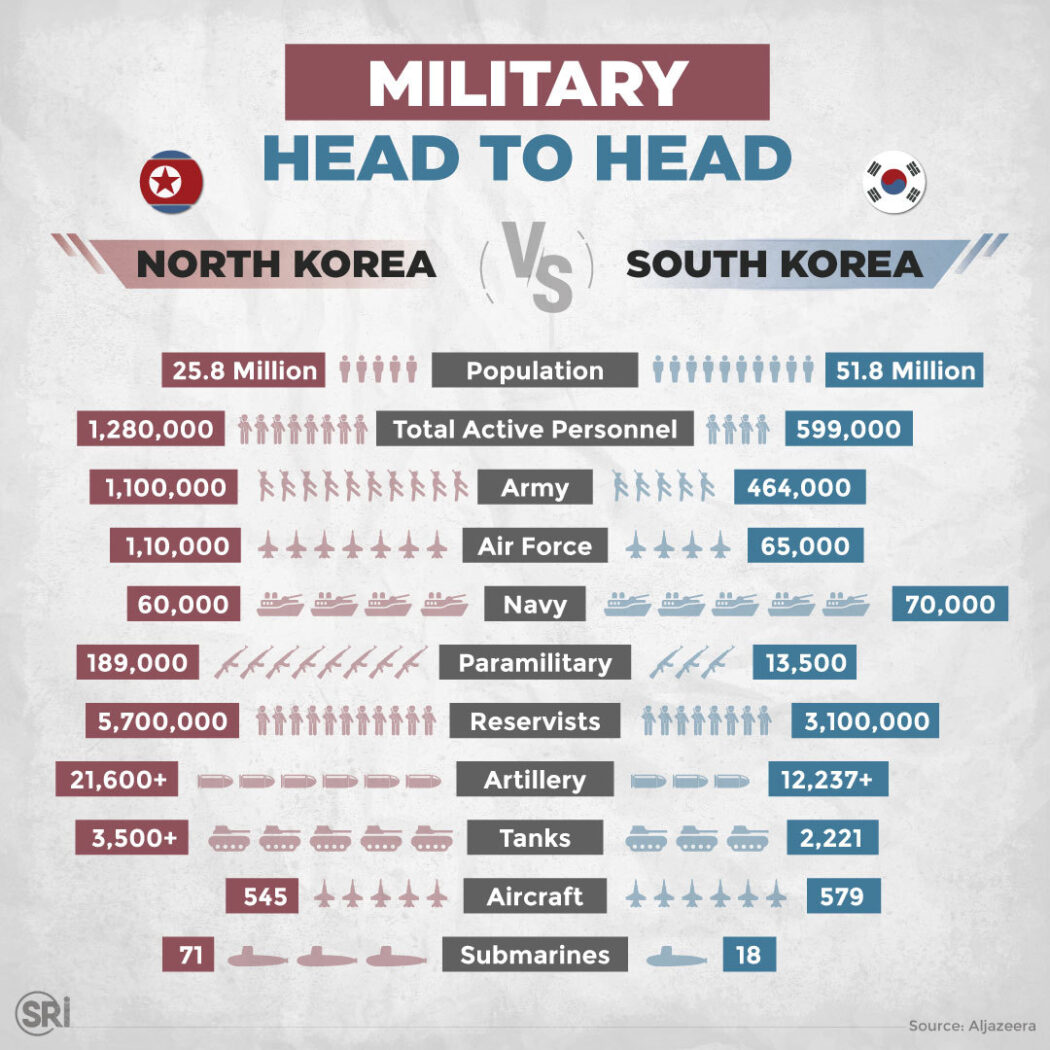North Korea has successfully tested a replacement hypersonic gliding missile, state media reported on Wednesday, in what would be the nuclear-armed nation’s latest advance in weapons technology.
Tuesday’s launch was of “great strategic significance”, the official Korean Central press agency said, because the North seeks to extend its defence capabilities a “thousand-fold”.
Hypersonic missiles move far faster and are more agile than standard ones, making them much harder for missile defence systems — on which the US is spending billions — to intercept.
The launch from Jagang province “confirmed the navigational control and stability of the missile”, alongside “guiding manoeuvrability and therefore the gliding flight characteristics of the detached hypersonic gliding warhead” and the engine, consistent with KCNA, which called it the Hwasong-8.
The launch was watched by top official Pak Jong Chon, it said, making no mention of leader Kim Jong Un.
The official Rodong Sinmun newspaper carried an image of the weapon — with a group of guidance fins at the bottom of its ogive — ascending into the morning sky. There was no confirmation of the missile type from Seoul.
Hypersonic missiles are generally defined as travelling quite five times the speed of sound, or Mach 5, but South Korea’s Joint Chiefs of Staff have — unlike their normal practice — not yet announced the weapon’s maximum altitude and flight distance. The South Korean and US militaries were “capable of detecting and intercepting it”, they said during a statement on Wednesday.
Read: N Korea fires a missile, defends weapons tests at UN
“Based on an assessment of its characteristics like speed, it’s at an initial phase of development and can take a substantial time to be deployed,” they added.
Both Koreas are build up their weapons capabilities in what could become a race on the peninsula, with ramifications for neighbouring Japan, China and therefore the wider region.
North Korea, which invaded the South in 1950, is under multiple sets of international sanctions over its banned weapon of mass destruction and missile programmes, and earlier this month said it had tested a long-range aircraft.
Developing the hypersonic missile was one of five “top priority” tasks within the five-year plan for strategic weapons, KCNA said.
Read: North Korea says it tested a hypersonic missile
Since inheriting power following the death of his father nearly 10 years ago, Kim has overseen rapid improvements within the North Korean arsenal, including developing intercontinental ballistic missiles (ICBMs) which will reach the entire continental us and its most powerful nuclear test so far.
In January, Kim offered a shopping list of goals that included hypersonic warheads, nuclear-powered submarines, reconnaissance satellites and solid-fuel ICBMs at a five-yearly ruling party congress during which he described the US as his country’s “principal enemy”.
Lim Eul-Chul, a professor at the Institute for many Eastern Studies at Kyungnam University, said North Korea was looking to use its weapons development “as a way to form room for diplomatic manoeuvering also as enhancing military posture”. More launches might be expected within the future, he added: “In how the North’s recent behaviour is extremely predictable.
Follow us on FACEBOOK for quick updates.











